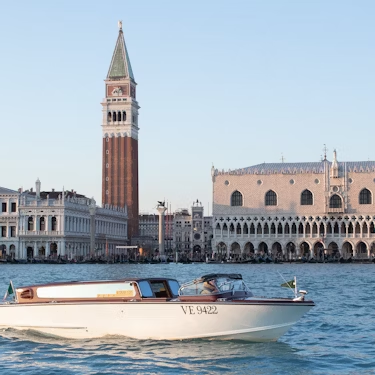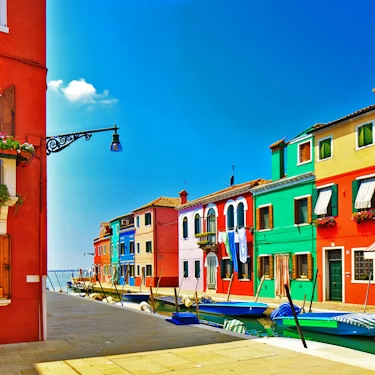More about: 10 Things to Do in Venice in January
January is part of the Venetian low season. The city is cold and damp, so visitors to the city decrease considerably. This, far from being a deterrent to visiting Venice, can be a plus. In January you can see museums and cruise the canals without having to wait in long queues or pay high prices.
But that's not the only reason. Venice in January has a handful of colourful events that are worth checking out. In this article I'll show you what options are available so that you can make the most of the city.
1- A visit or a swim at the Lido
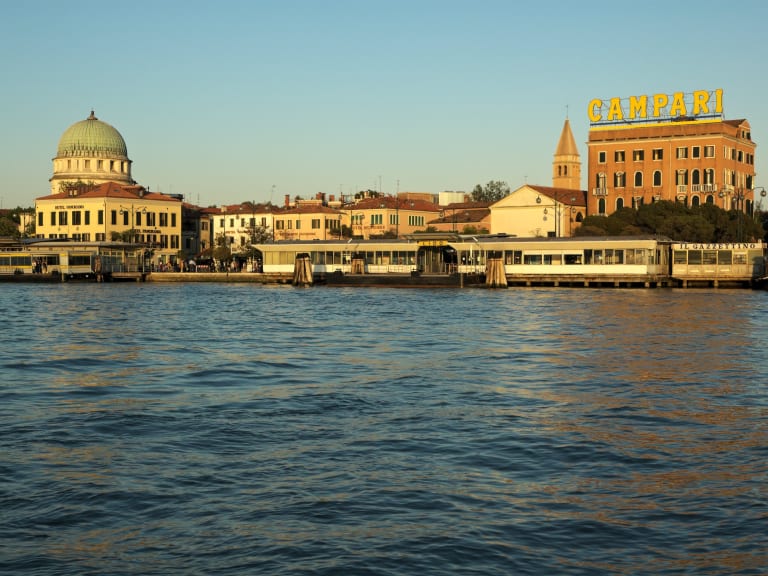
It is very likely that your visit to Venice will coincide with 1 January, New Year's Day. The city celebrates Christmas and New Year's Eve in a big way, so it is very likely that the streets will be emptier than usual on that day. However, there is one event you can't miss. It is the first swim in the Lido, the traditional way in which Venetians greet the new year.
The best way to get there is to take the vaporetto. The journey doesn't usually take long, about 15-20 minutes. There are several departure points.
- Venice Central Station and Bus Station: approximately 30 minutes' journey time
- St. Mark's Square: approximately 15 minutes
- From the Rialto Bridge: approximately 30 minutes.
Another option if you're staying in Venice for several days is to get a 72-hour water transport pass. With it, you'll have unlimited access to the city's 3 water transport lines and you'll be able to go to the Lido without any problem, as well as to the most important points of interest.
2- Celebrate Tu B'Shvat in the Jewish Quarter
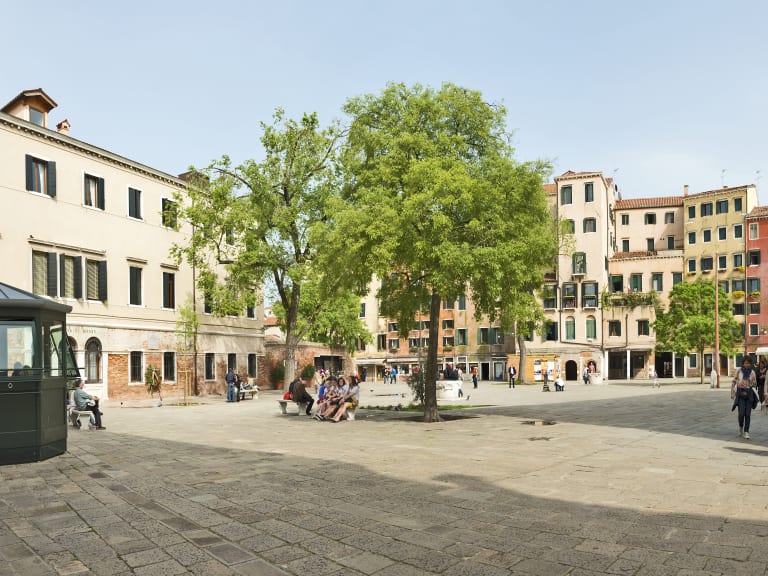
Tu B'Shvat, also known as the New Year of the Trees, is a Jewish festival celebrating the appearance of the first green shoots. Although its origins have much to do with the Middle East, it is not exclusive to the Middle East. Given that Venice has one of the largest Jewish neighbourhoods in Europe, it might be a great idea to coincide your visit to the area with this day.
This holiday takes place in the second half of January, although it varies from year to year as it depends on the Jewish month Shevat, which is parallel to Gregorian January. Here you can find out when Tu B'Shvat is each year. I advise you to take the opportunity to try some Hebrew culinary specialities. During Tu B'Shvat, fruit products and anything that comes from trees are particularly popular. It is most typical to eat fruit or to incorporate the following products into recipes:
- Grapes or sultanas
- Figs
- Barley and wheat (in the form of bread or cake)
- Pomegranate
- Dates
- Olives
3- Epiphany Regatta
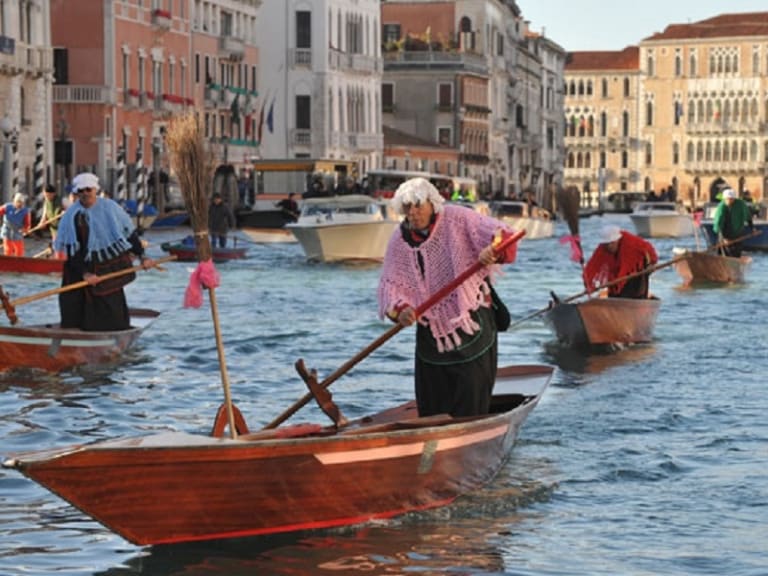
The Epiphany of the Lord is represented in Spain by the Three Wise Men, but in Venice they have a no less original tradition. This is the witch Befana, a good witch who also brings the children presents and, if they have misbehaved, coal.
In Venice, this tradition is celebrated in a very curious way: with the Bufana Regatta. The city's best rowers take to the Grand Canal in their boats dressed as witches. It starts at around 11.20 a.m. and ends at midday. The regatta travels along the Grand Canal and stops at the Rialto Bridge. A perfect opportunity to explore all there is to see on the Rialto Bridge.
4- The Feast of the Tricolore
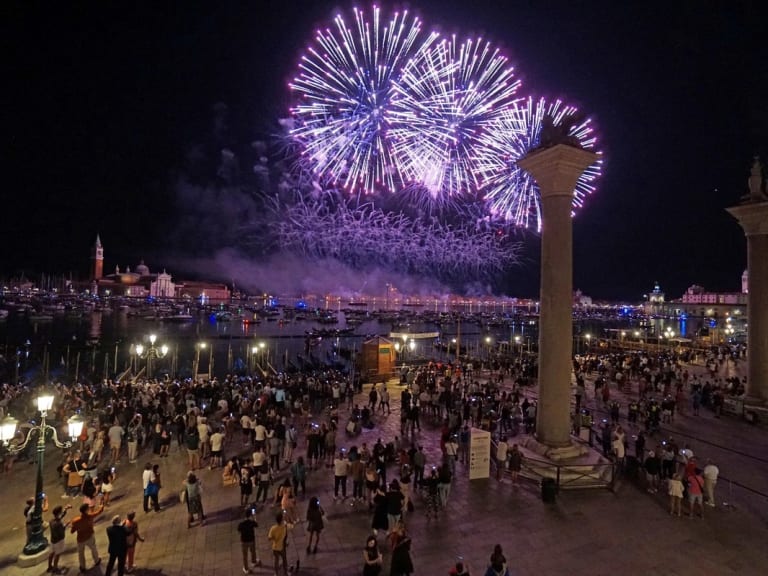
The Feast of the Tricolore is Italian Flag Day, which takes place on 27 February. On this day, the Italian national ensign is honoured and, by law, must be hung on all institutional and government buildings. It is also common to see gatherings and parades in the streets wearing the tricolour. Although it is one of Italy's solemn festivities, it is not a public holiday, so do not expect large crowds and street gatherings.
It is a day that suits the Italian streets particularly well, given the display of colour involved. I advise you to simply let yourself go and take advantage of this colourful day to take your best photos of Venice. In fact, I suggest taking a vaporetto and cruising along the canal. Many institutional buildings overlook this waterway, so you'll be able to enjoy unusual views the rest of the year.
Check here for more details on what to see and do on the Grand Canal.
5- Visit Venice's museums without the crowds
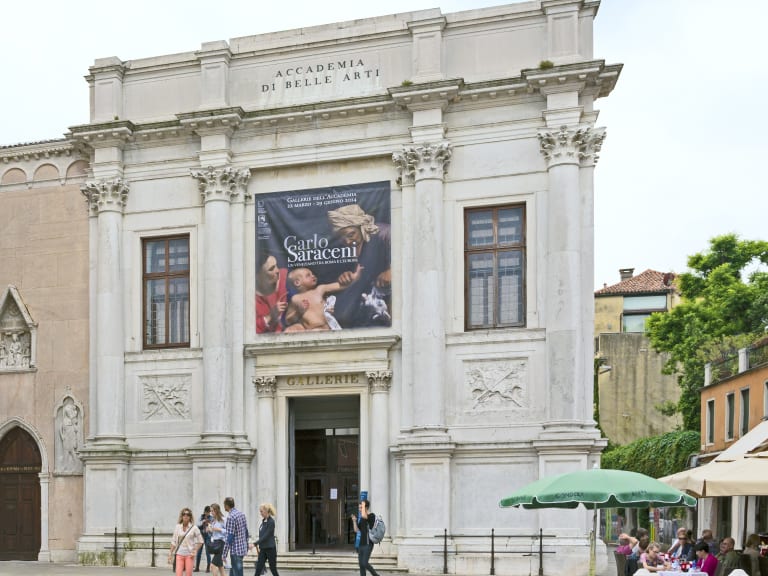
The low season is the perfect time to enjoy Venice at a slower pace. This is largely because the smaller number of visitors makes it more enjoyable. Museums are no exception. If you're in Venice in January, it can be a great time to explore them at your leisure, without queues or crowds. Here are the must-sees:
- Peggy Guggenheim Collection: the perfect option to get to know the best contemporary art. Works by Picasso, Miró and Duchamp await you.
- Accademia Gallery: perfect for getting to know the Venetian School of painting, made up of important figures such as Titian and Tintoretto.
- Museum of 17th-century Venice: a museum to get to know other painters, not as famous as the previous ones, but who have earned a place in the History of Art. I am referring, for example, to Visconti, Tiepolo and Crosato.
- Galleria Franchetti: interesting not only for the Renaissance works inside but also because the building itself is another work of art, the famous Ca D'Oro.
- Museum of Natural History of Venice: where you will travel back in time thanks to the collections of more than 700 million years and the library with more than 40,000 volumes.
6- Have a good cup of hot chocolate
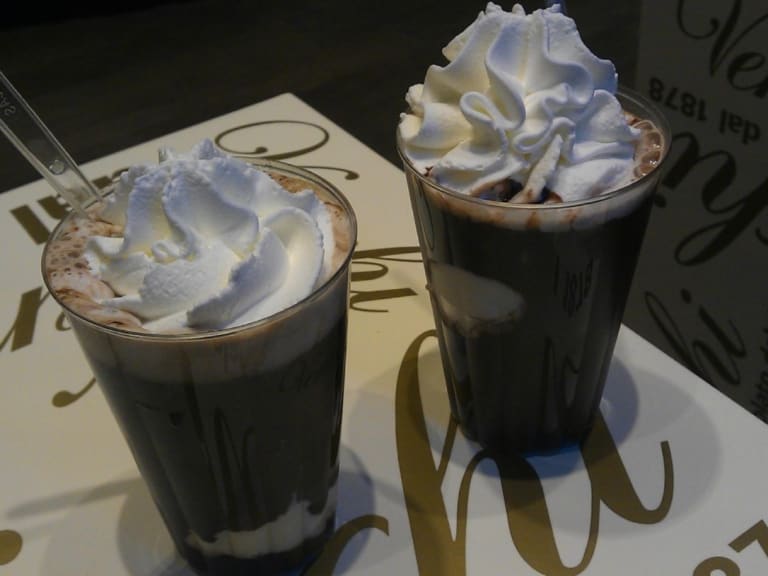
Given that the temperatures in Venice in January are low and the humidity is more than noticeable, there is nothing better than fighting the cold with a good cup of chocolate. Italy is, as you know, a particularly chocolate-loving country, so there is no shortage of options for tasting its various specialities. I recommend the following places:
- Venchi: a chocolate shop located near St. Mark's Square. It is particularly suitable for tasting different specialities and not just a cup of chocolate.
- VizioVirtù: you will find not only hot chocolate, but also biscuits, chocolates and all kinds of sweets.
- Nino & Friends: also ideal for coffee lovers.
As you can see, January, despite being low season, offers many things to do in Venice. Just choose yours and... don't forget your warm clothes!
7- Feast of St. Anthony the Abbot
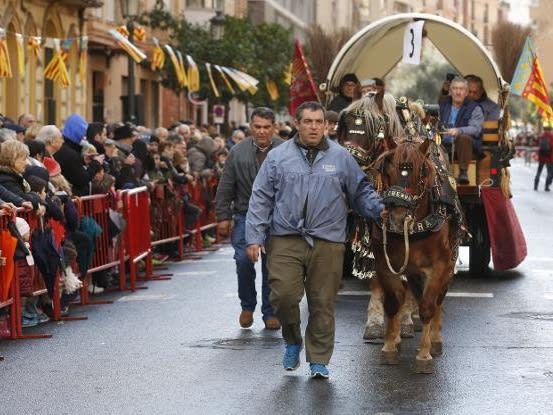
On 17 January, an interesting celebration kicks off the Carnival season: the feast of St. Anthony the Abbot, patron saint of butchers (and also of domestic animals and gravediggers). On the occasion of this celebration, Venice becomes more lively than usual at this time of year.
The most colourful part of this celebration is the lighting of bonfires in front of some churches. A sight that can be somewhere between beautiful and ghostly. Especially as fog is common in Venice in January. Be that as it may, it will give you the opportunity to take some nice snapshots. What I do recommend is that, given the importance of the churches on this day, you take the opportunity to visit the most interesting temples in the city. Here you can find out more about the must-see monuments in Venice.
8- January sales in Venice
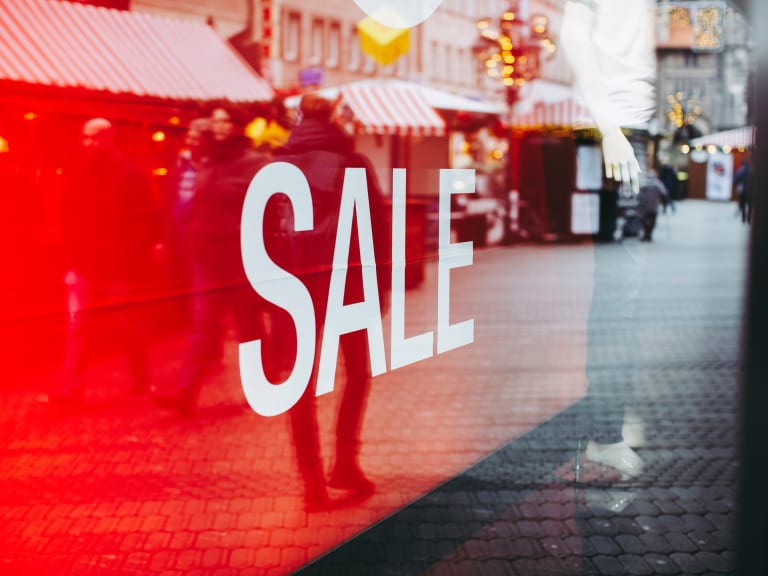
In Italy, the January sales (Saldi) are one of the most interesting shopping periods of the year. Especially because you can find sales of up to 70%. Which, in one of the fashion countries par excellence, is more than relevant. The date of the sales is not fixed, but it always takes place in January. Often immediately after Epiphany. If you want to take advantage of your stay in Venice to go shopping, I recommend the following places:
- Fondaco dei Tedeschi: especially recommended for beauty accessories and jewellery.
- Marco Polo International: a spectacular shop that is also an art gallery. It is dedicated to glass craftsmanship. A great idea, for example, if you want to buy a souvenir or give a gift to someone.
- Nave de Vero: the best option if you are looking for a big shopping centre with everything.
9- A trip to see Giubiana
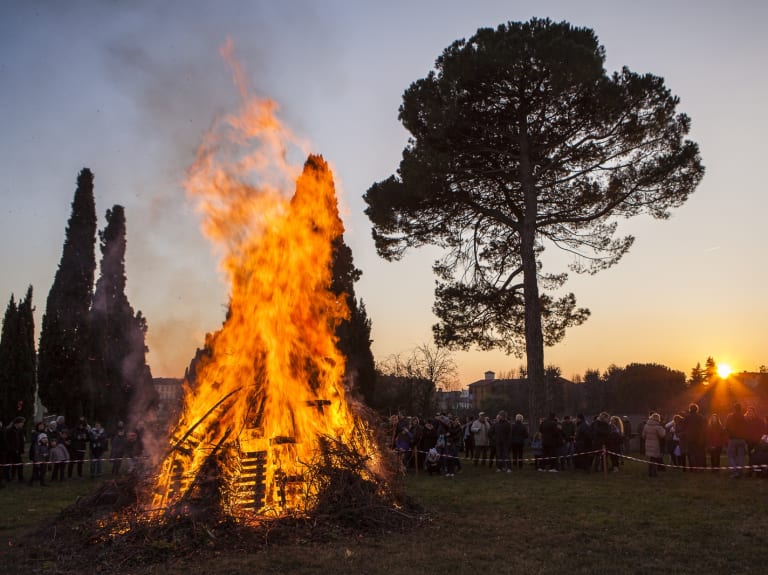
If you like folk traditions, this is one of the most interesting in Italy. It is picturesque, colourful and, above all, very much centred on the figure of the witches. However, to enjoy it you will have to travel, although not far from Venice, as the Giubiana is a tradition typical of Piedmont and Lombardy.
The celebration consists of lighting bonfires in the squares of the towns and burning a doll, representing a witch, in one of them. As you can see, this is a festival with deep popular and folkloric roots, complemented by gastronomy and music.
It takes place on the last Thursday in January in several northern towns. I particularly recommend, for its tourist interest, that you discover the Giubiana in Busto Arsizio. It is a town very close to Milan, so you can also visit the capital of Italian fashion (which will be on sale at that time of year). It will take you about 3 hours by car from Venice to this town.
10- Foggy views of Venice
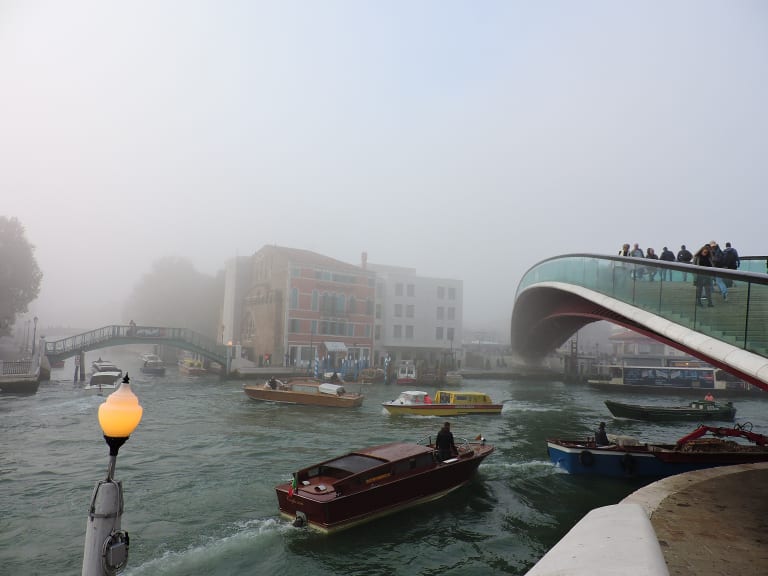
That Venice is a city with a melancholic aura and a certain decadent grandeur is something we already know from films like Death in Venice. However, you have to be there to see it. The good thing about visiting in the off-season is that the streets and canal environs are often filled with mist.
It can be a sad sight or a beautiful one. It's up to you, but I can assure you that the photos you will be able to take will be incredible. Especially if you take them in the surroundings of St. Mark's Square.
Venice weather and temperatures in January
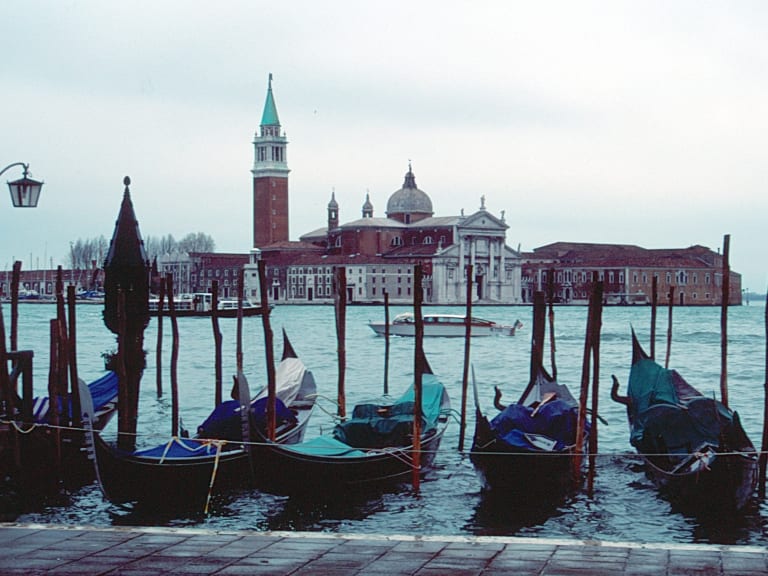
The weather in Venice in January is cold. Average maximum temperatures are around 7 degrees Celsius and average minimum temperatures are around 0 degrees Celsius. Some places are colder, it's true, but consider the humidity. The canals add a humidity component to the cold, which can make the wind chill even lower.
Visitor arrivals in Venice in January
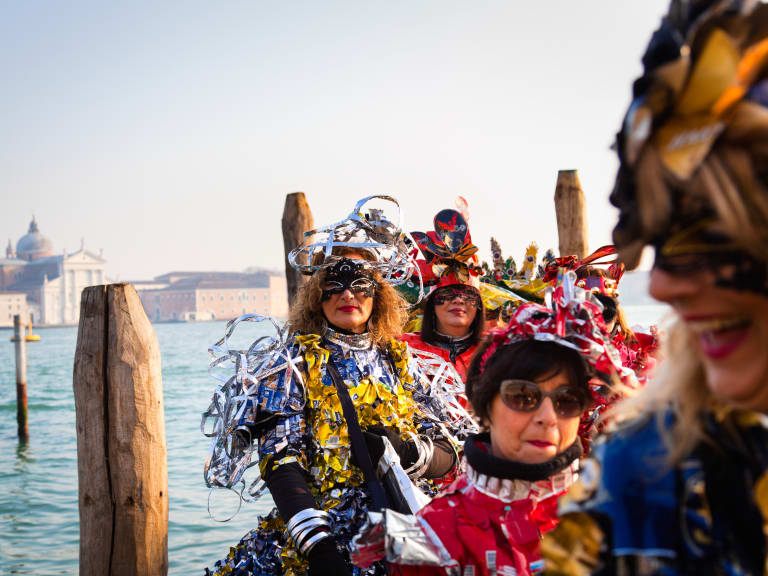
In January, the number of visitors is much lower than at other times of the year. This is because January is in the low season. Therefore, you won't find the crowds and queues of the high season.
However, keep in mind that as January progresses, Venice will be warming up for its famous Carnival. This celebration increases the number of visitors, creating what is known as the mid-season. So, if you visit Venice in the second half of January, you're likely to see more activity already.
Tips for visiting Venice in January
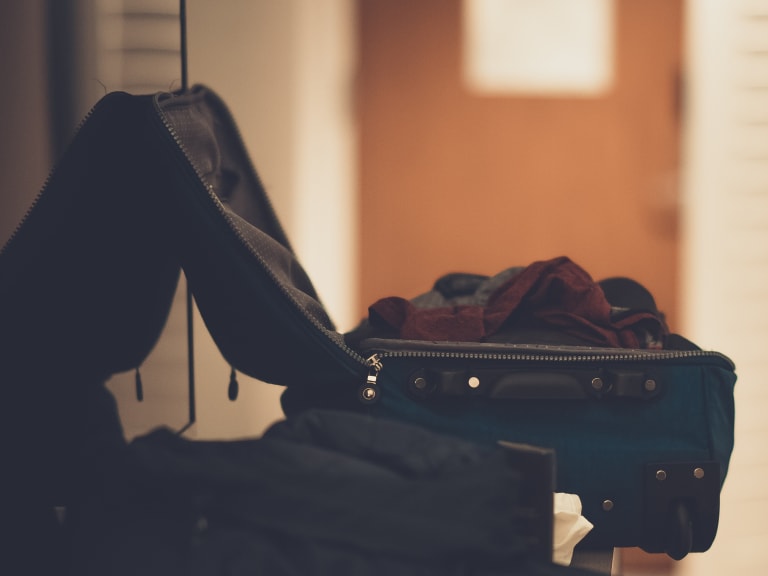
The advice I'm going to give you is aimed, above all, to avoid getting cold and to be well equipped. Basically what you will need is the following:
- A coat
- Scarf
- Hat
- Boots
Boots are by no means a bad idea, since in bad weather in Venice the phenomenon known as Aqua Alta occurs. That is to say, possible flooding of the roads. This is no small thing, as it is not uncommon to see pictures of St. Mark's Square itself covered in water.

